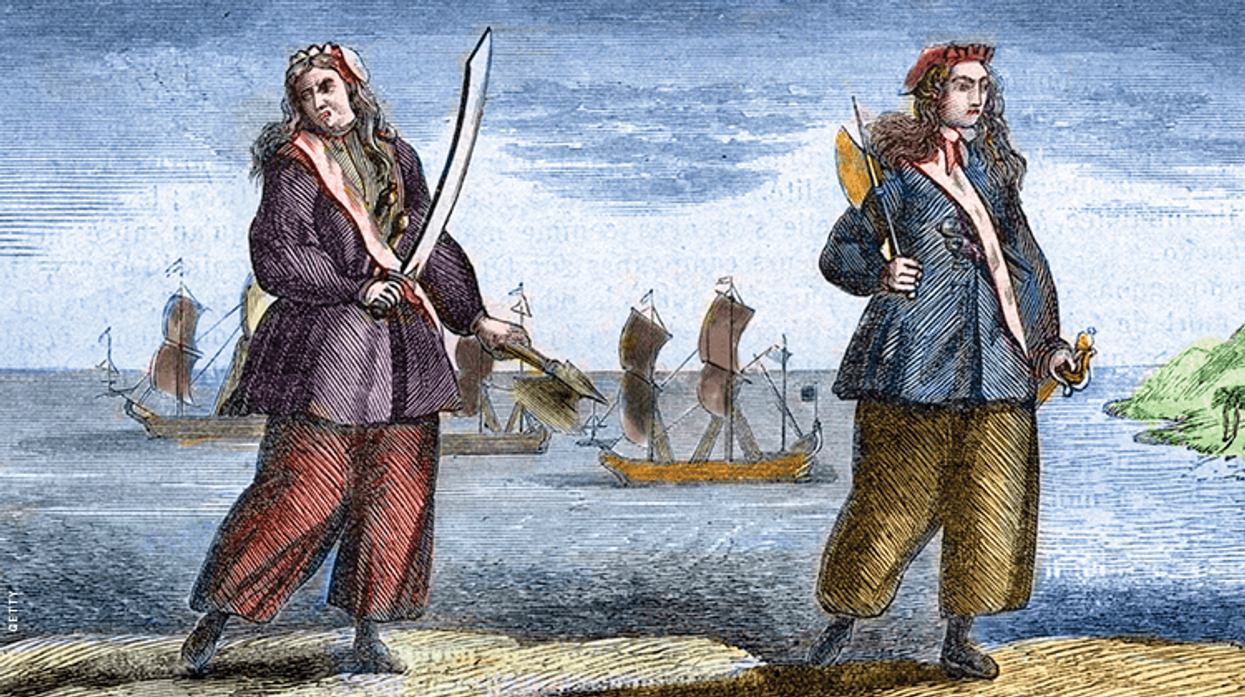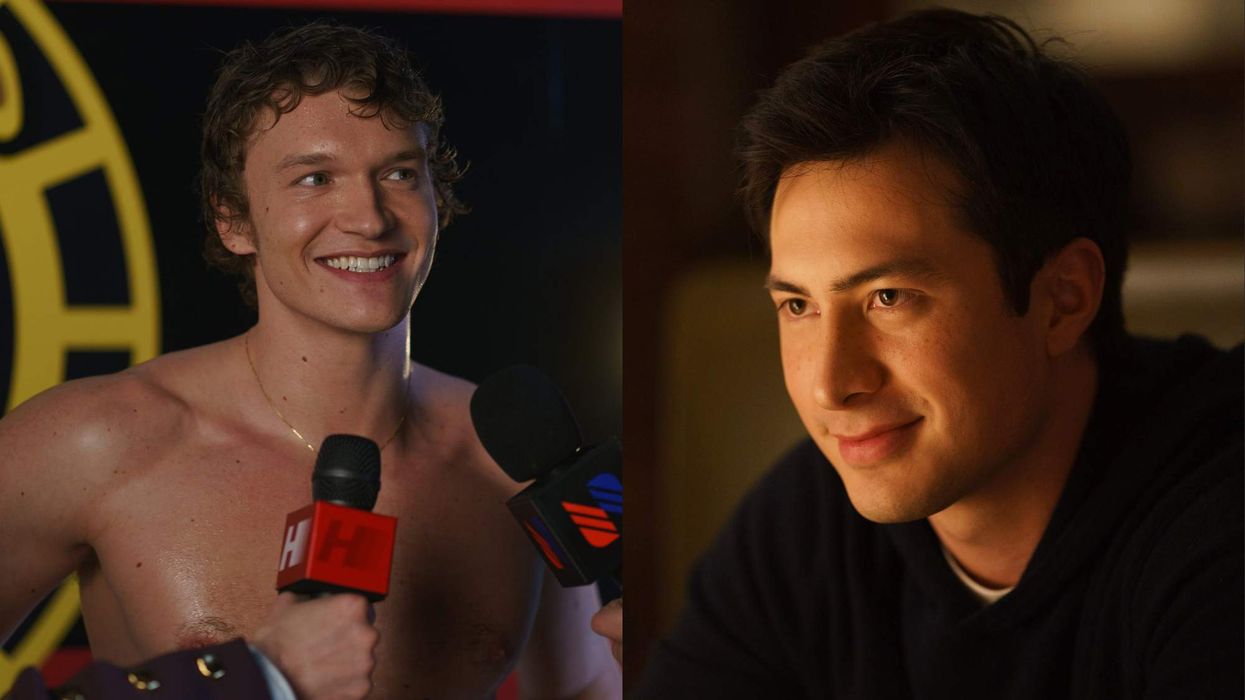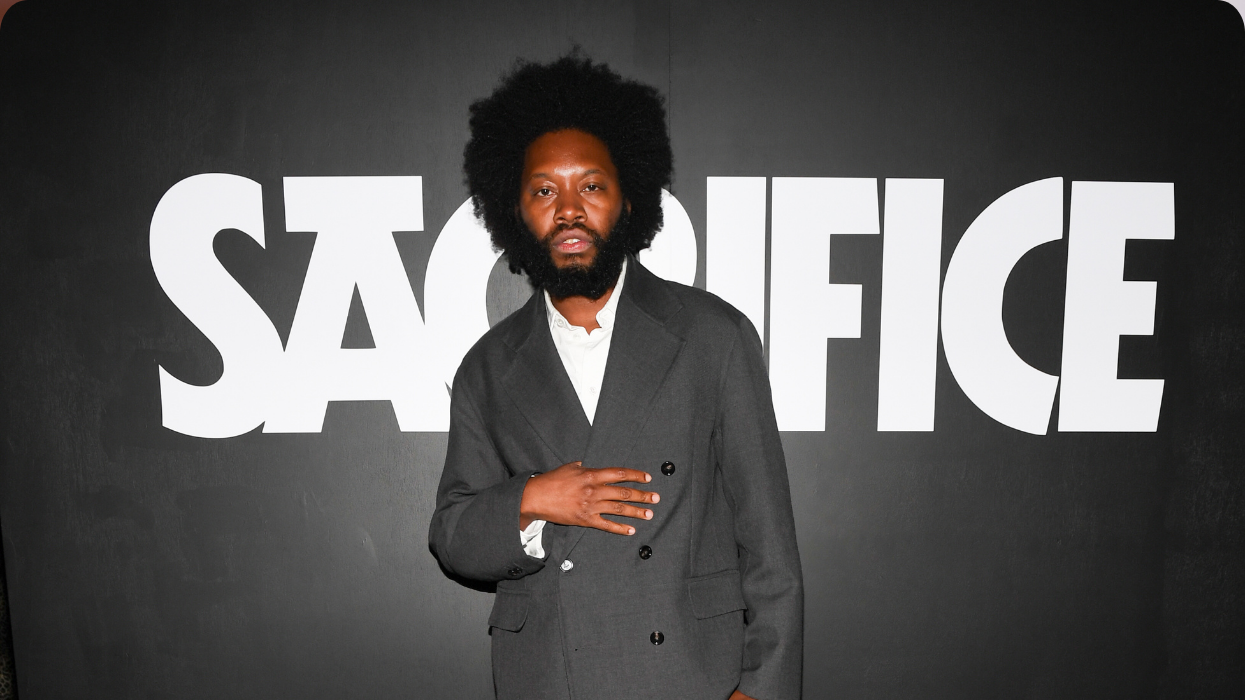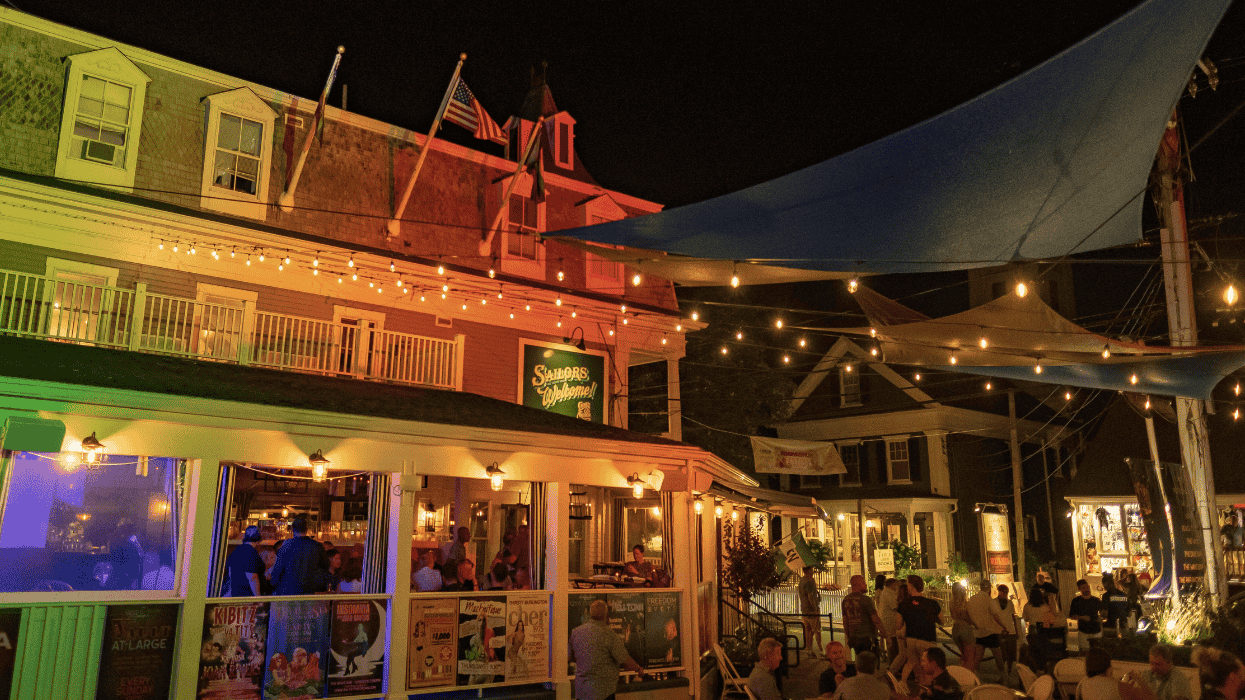Local residents on Burgh Island in the United Kingdom have rejected a proposed statue honoring two notorious female pirates from the 18th century. The concrete representation sculpted by Amanda Cotton was meant to honor Anne Bonny and Anne Reed, women who were both raised as boys and later became pirates in the Caribbean. According to a report in the Daily Mail, though, thirteen complaints were filed by local residents who felt the statue was inappropriate and did not reflect the region or the true story of the two gender-bending buccaneers, and the proposed statue was rejected by the local council.
Noting she was a "big fan of the tale of these two legendary pirates," resident Michele Knight-Waite wrote she objected to the proposed statue because "it brings nothing of value" and "takes away the original historic view of the island." She also wrote Cotton's statue did not capture the essence and energy of the two pirates who dressed and fought as men.
"The statue seems to be a very patriarchal view of two skinny women with holes cut out," Knight added. "I really don't get it."
Burgh Island is a seaside location made famous as the second home of famed mystery novelist Agatha Christie and the setting for her novels And Then There Were None and Evil Under The Sun. Local council members expressed concern the statue did not reflect the culture of the local community.
Councilor Cathy Case said she was not "convinced it's the right thing for the island."
"It would be better to have a fisherman's wife looking out to sea," added Councilor Sharon Smith.
Little is known about the pirating pair of Read and Bonny today, although they were famous during their swashbuckling careers for their daring and bravado as pirates but also for breaking gender barriers at a time when women were denied suffrage and other basic rights. Bonny was the illegitimate daughter of William Cormac, a wealthy Irish lawyer, and his housemaid mistress. She was disguised as a boy by her father, but eventually discovered. Bonny later moved to the Carolina colony with her father and mother. Reed was raised as a boy by her widowed mother in order to receive financial support from the widow's mother-in-law, which would have not been owed for a girl. She later joined the Army and fought as a teen without anyone suspecting she was a woman. She eventually escaped on a ship to the Caribbean where she married pirate Calico Jack Rackam, before meeting Bonny in Jamaica. The two women became fast friends, expert pirates, and possible lovers. They were eventually caught and tried by local authorities along with the rest of Calico Jack's crew, although the two escaped hanging when they revealed they were pregnant.
Local resident Gilbert Snook had no objections to the actual sculpture itself, but remained unimpressed with the two pirates and felt it inappropriate to honor their memories.
"I'm sorry but pirates were not like Robin hood or the Pirates of the Caribbean films," he wrote of the statue, saying the pair were "brutal, cruel and destructive" and that it was "a pity" the sculpture had been linked to the two pirates since "it would have been an interesting addition to the Island."
RELATED | Anti-LGBTQ+ Frank Rizzo's Statue Is Gone -- 6 Names to Replace Him






























